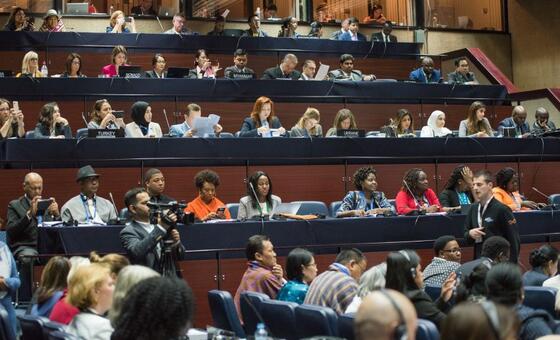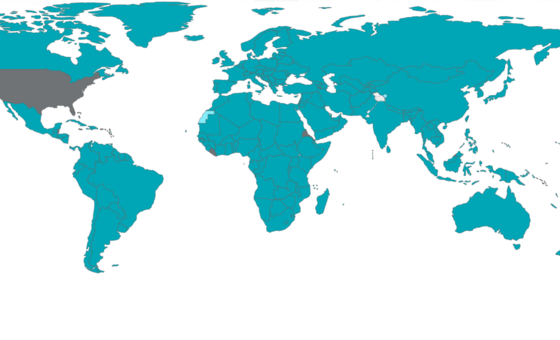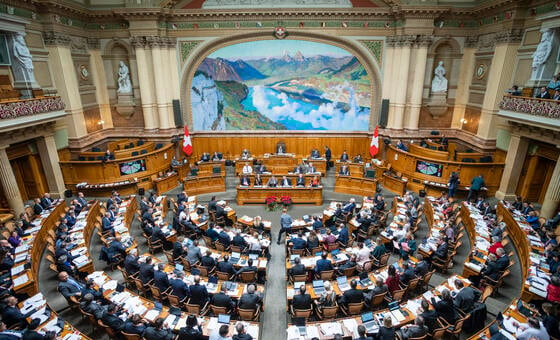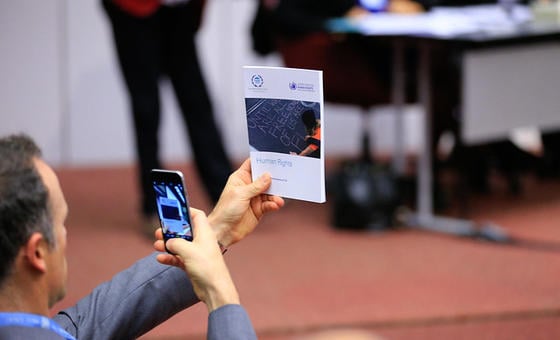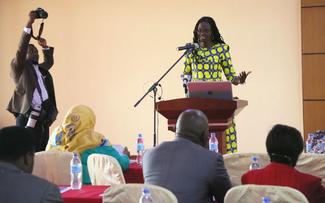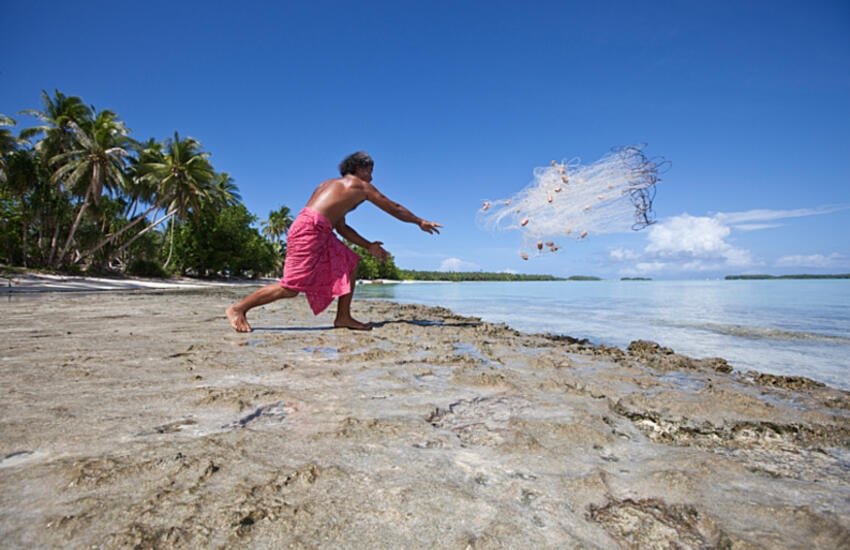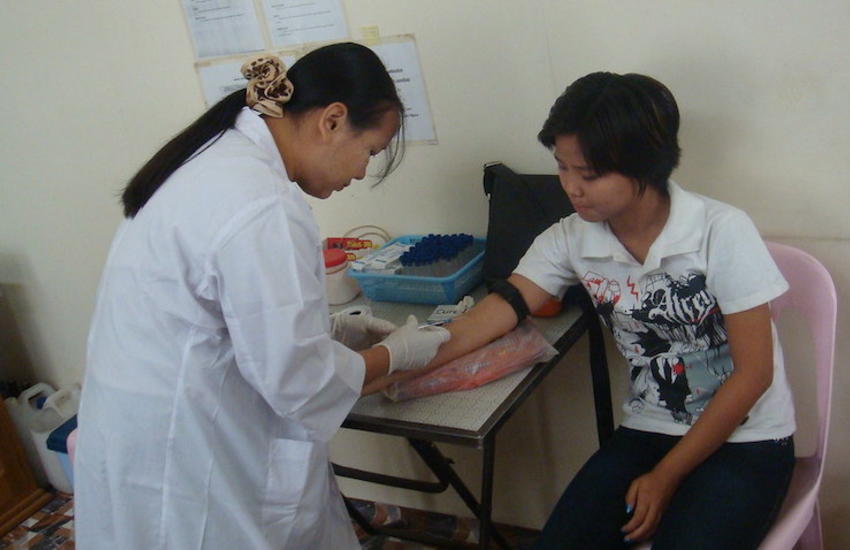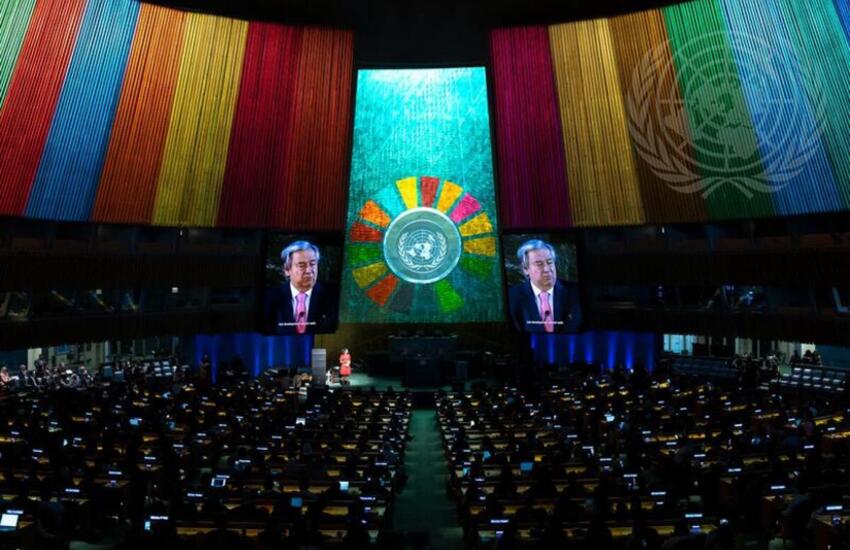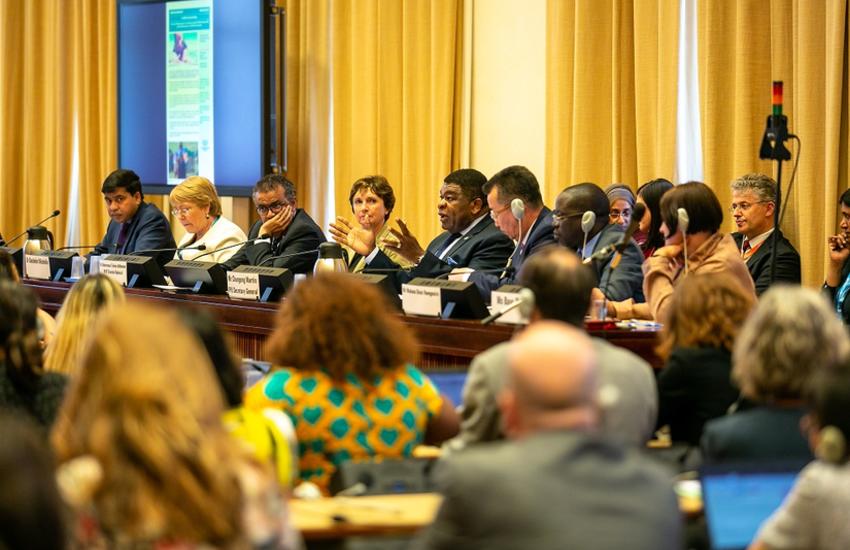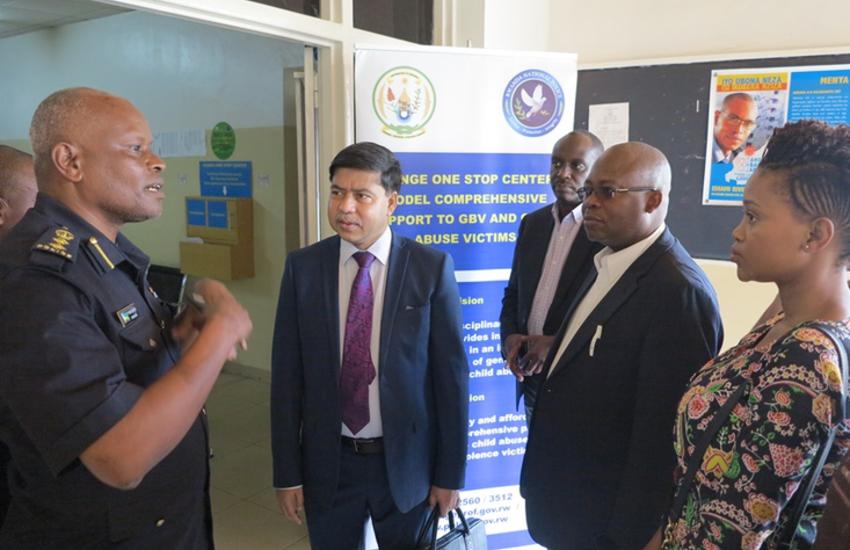At a seminar co-organized by IPU and the Parliament of Tanzania, parliamentarians learned how they could help national efforts to improve women’s, children’s and adolescents’ health. They were briefed on the core parliamentary prerogatives they could use to spearhead action on health; Tanzania's key commitments on health in the context of the SDGs; how to address the root causes of maternal, neonatal and child mortality, especially among the most vulnerable and marginalized populations; and budget advocacy, allocation and oversight.
The two-day inception seminar, held in Dodoma on 4-5 February, brought together members of parliament, government, civil society and international organizations. It was attended by the Deputy Speaker of Parliament, 100 MPs, and experts from the Tanzanian Ministry of Health, WHO, UNAIDS, UNICEF, National Council for People living with HIV/AIDS in Tanzania and the White Ribbon Alliance. The MPs were also able to meet with the Minister of Health, who replied to their questions on government’s health priorities and actual health expenditure.
MPs agreed to strengthen their efforts to raise awareness among adolescents about sexual and reproductive health, and improve their capacity to track, analyse and advocate for increased health budget allocation. They promised to ensure that health spending was more equitable and effective, reaching remote areas, and build up domestic resource mobilization. They also agreed to train community workers to bring health services closer to the people.
Tanzania has made great strides on child survival: the under-5 mortality rate has gone down by two-thirds. However, similar gains have not been made for maternal and newborn survival. Root causes include lack of financial and human resources and adequate medical equipment.

